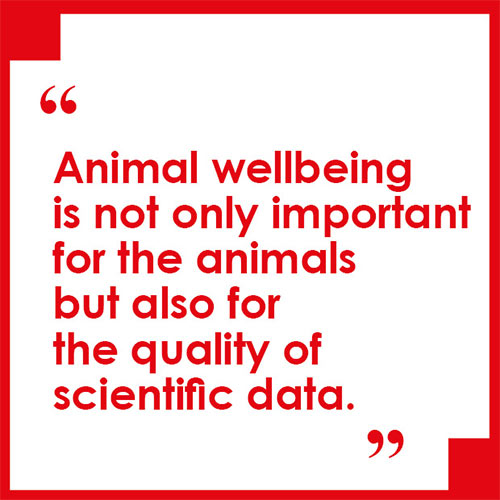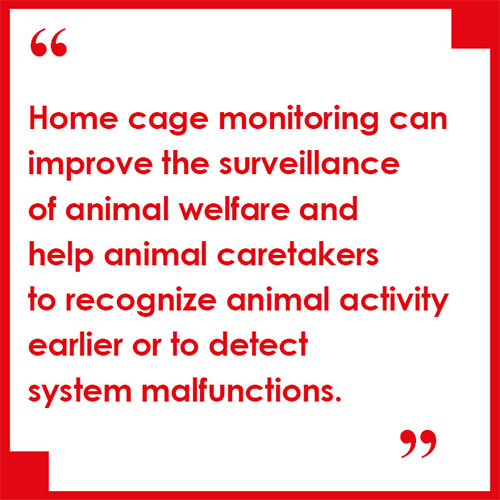
The current version of the Tecniplast website doesn't match your region. Please visit your local website to find information and offerings specific to your country.

The current version of the Tecniplast website doesn't match your region. Please visit your local website to find information and offerings specific to your country.

 Dr. Brachs moderated a successful Webinar about Tecniplast’s DVC® System, with more than 500 people attending the virtual event
Dr. Brachs moderated a successful Webinar about Tecniplast’s DVC® System, with more than 500 people attending the virtual event
Dr. Sebastian Brachs, Department of Endocrinology and Metabolism, Charité – Universitätsmedizin Berlin, moderated a Webinar titled ‘The severity of "stress" in animal models: science & technologies’.
The seminar focused on different aspects of laboratory rodent welfare and how to assess this with recent tools (scientific, in silico, devices, methods…).
Dear Dr. Brachs, can you summarize the scientific objective of the webinar?
As new developments emerge without being noticed, we wanted to especially access scientists and laboratory/animal facility staff who could implant such in cases they are aware of.
 Animal wellbeing is not only important for the animals but also for the quality of scientific data. Science needs animal experiments to advance.
Animal wellbeing is not only important for the animals but also for the quality of scientific data. Science needs animal experiments to advance.
And Berlin as a research hub with many different institutions and companies should facilitate this but also take responsibility for a high-level performance.
The webinar was a real success with more than 500 registered people. Can you tell us the reasons of the success?
It is not only a current topic discussed by politicians and in public but also in research awareness of its importance is rising. Furthermore, researchers and staff working with animals need an annual continuing education and attendance at this seminar got certified for it.
What do you think about Demio platform?
During the past year, many different possibilities arose to conduct meetings, seminars and workshops.
Demio is a browser-based platform easy to access and participate with low system requirements; however, some functions are still missing.
Connection stability was good but the quality could have been a bit higher. I generally miss the individual exchange and would have preferred a lecture in an auditorium and a get-together.

Can you tell us your opinion about the DVC® system and the added value for the PIs and for the Facility Manager you think it can offer?
Home cage monitoring can improve the surveillance of animal welfare and help animal caretakers to recognize animal activity earlier or to detect system malfunctions (e.g. food, water, soiling) but it may also have the potential for scientific exploitation of the acquired data.
The more information we collect about our animals in experiments the better our understanding of phenotypes is becoming.
What do you think is the biggest reason for the adoption and the highest barrier?
Automation of data collection and the resources to access and analyze large data sets strongly accelerate and this system is a good example; and both “sides” – researchers and rodents can benefit.
A major drawback are the cost of such systems. These systems facilitate the daily routine but need a big initial budget.
STEFANO GABURRO SCIENTIFIC DIRECTOR TECNIPLAST S.P.A.